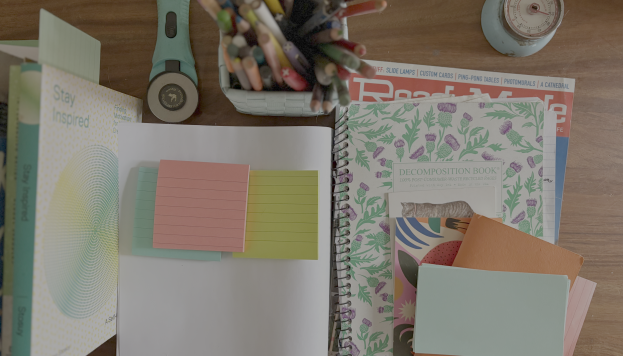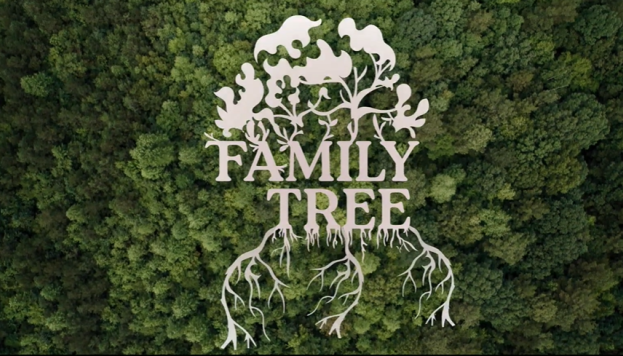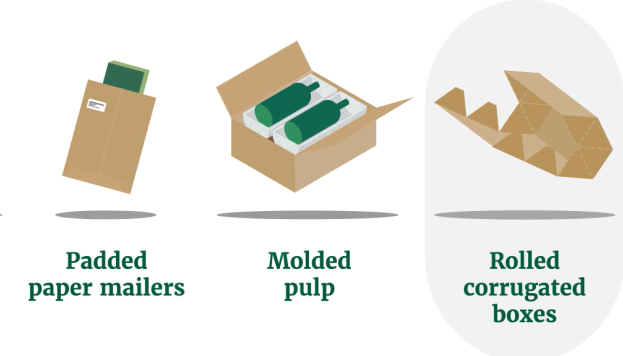Keep Looking for the Blue Bin! It’s Important.
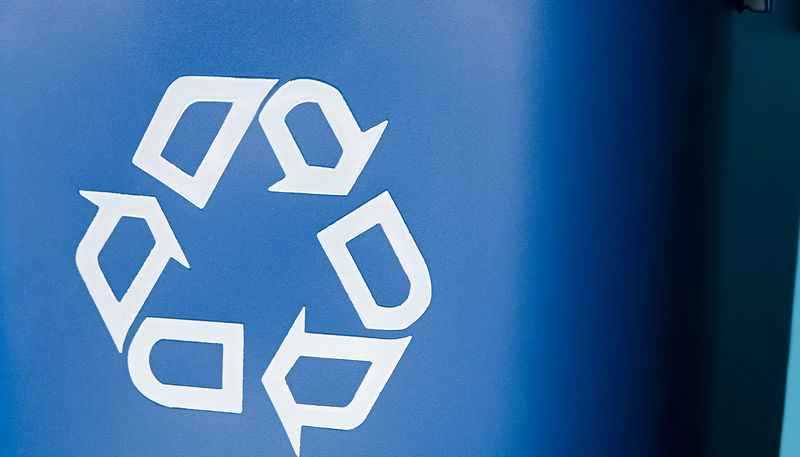
Waste Dive buries the real story lead in the news piece “Sorting out the future of mixed paper” (06/26/19). In a story about the supposed uncertain future of mixed paper recycling, readers find this surprising fact all the way down in the fifteenth paragraph:
The paper industry reported “a 68.1% U.S. paper recovery rate for 2018 — a record high since AF&PA started tracking it in 1990.”
Isn’t the record-high recovery rate as big, or bigger news than the market shifts, which as the story notes, are actually likely to “strengthen the domestic fiber market in the long-term”?
Readers get another surprise when they click through to the source of the claim that “recovered fiber exports fell by 8.1% in the first-quarter of 2019 compared to 2017.” RISI Fastmarkets notes that “every major export market for US recovered fiber has considerably upped its buying in the last two years” (emphasis added) with the sole exception of China.
And what about China? It risks misleading readers to refer, as the article does, to “China's import ban on mixed paper.” There is no “ban”, only changing standards, and indeed, the same data cited in the Waste Dive story shows that China “was, by far, the largest buyer in the first quarter [of this year], bringing in nearly 1.5 million short tons, or about 31% of all the scrap paper leaving the U.S.”
There is no doubt that recycling has dealt with major turbulence in the last two years, but news coverage that places outsized emphasis on the challenges, and underplays all the ways ours and related industries are adapting and innovating solutions, runs the risks of leaving readers with the impression that recycling is no longer important or effective. And that couldn’t be farther from the truth.
And so to Americans we say: Keep looking for the blue bin! It’s important. It matters. And it works.
